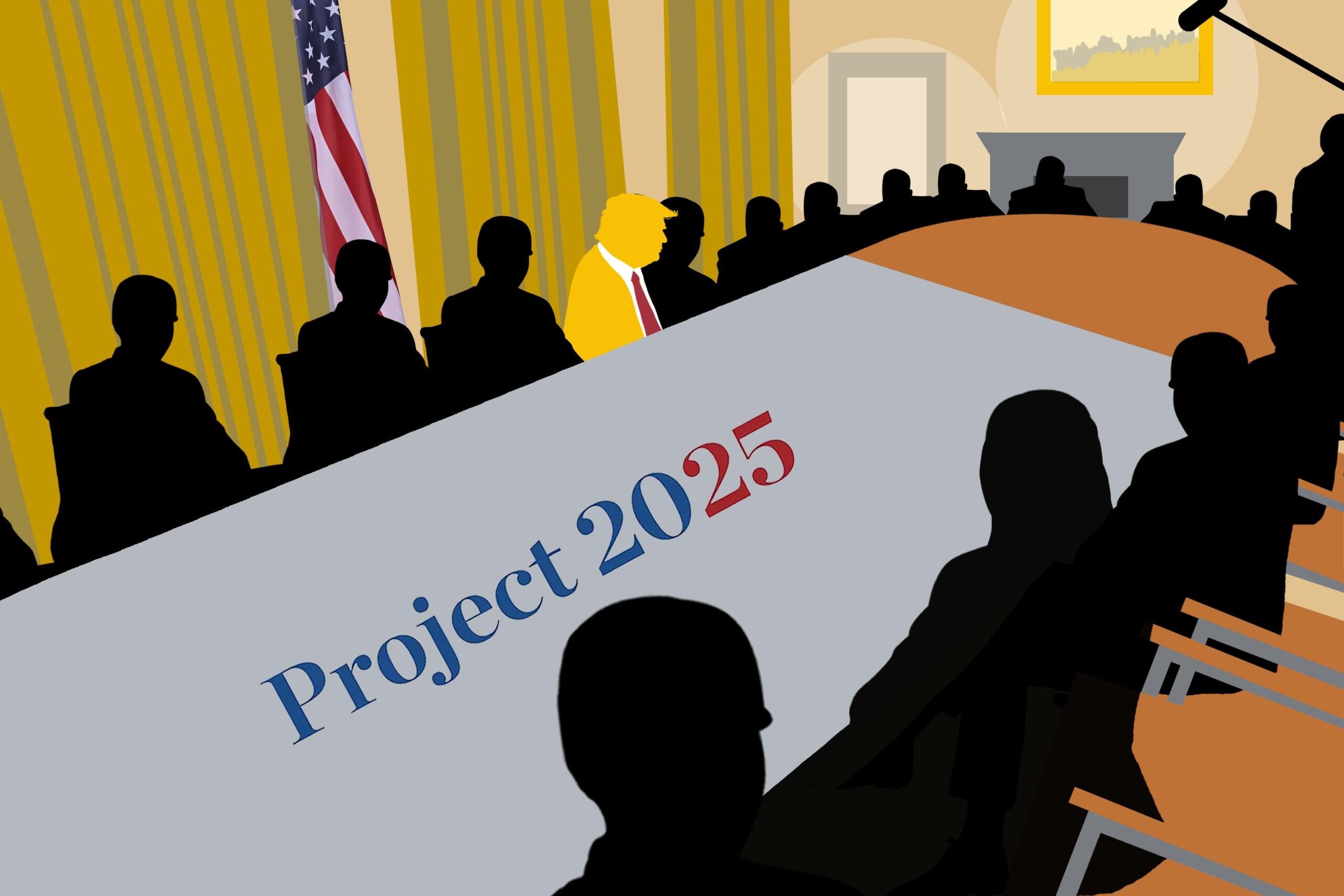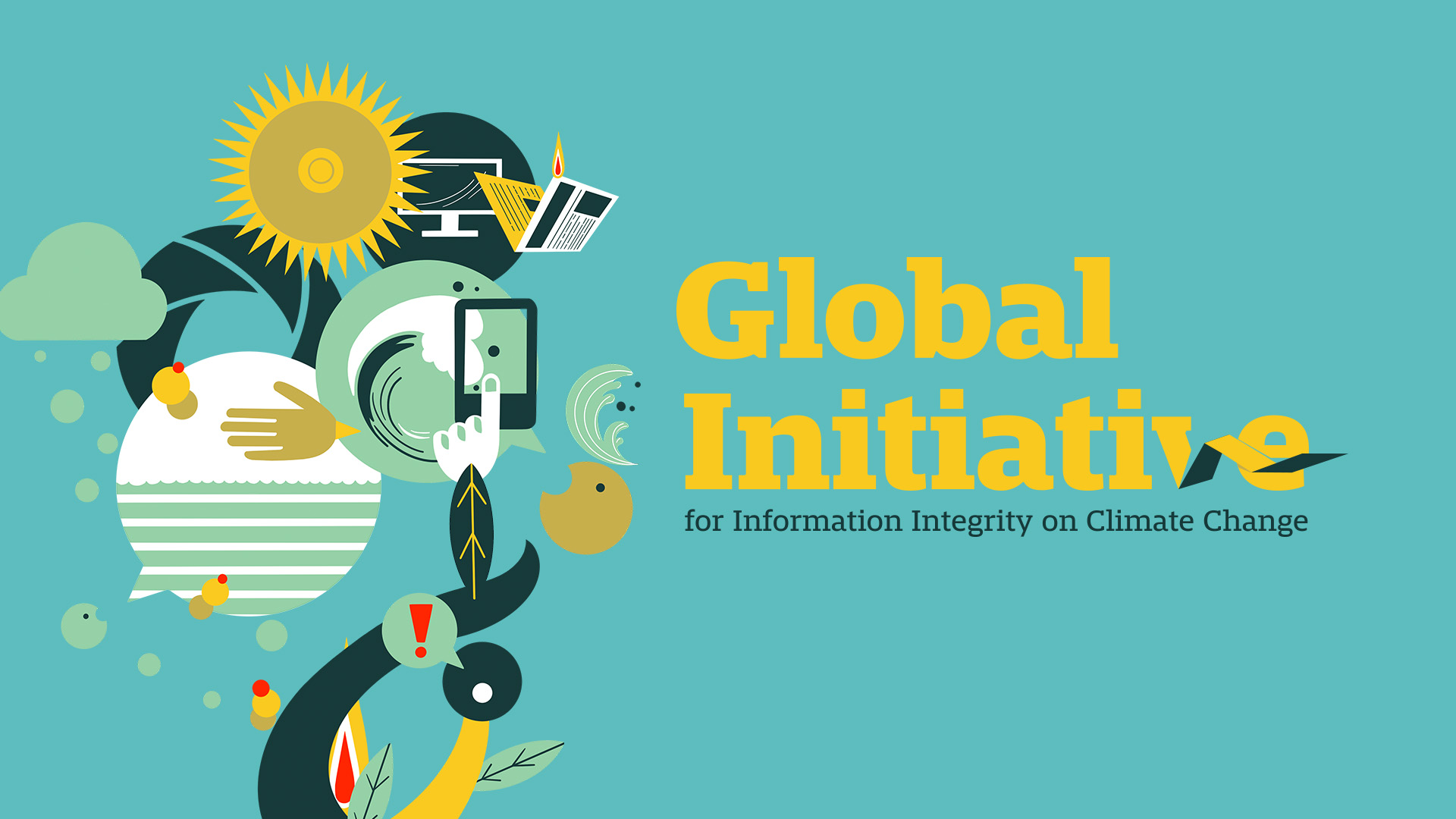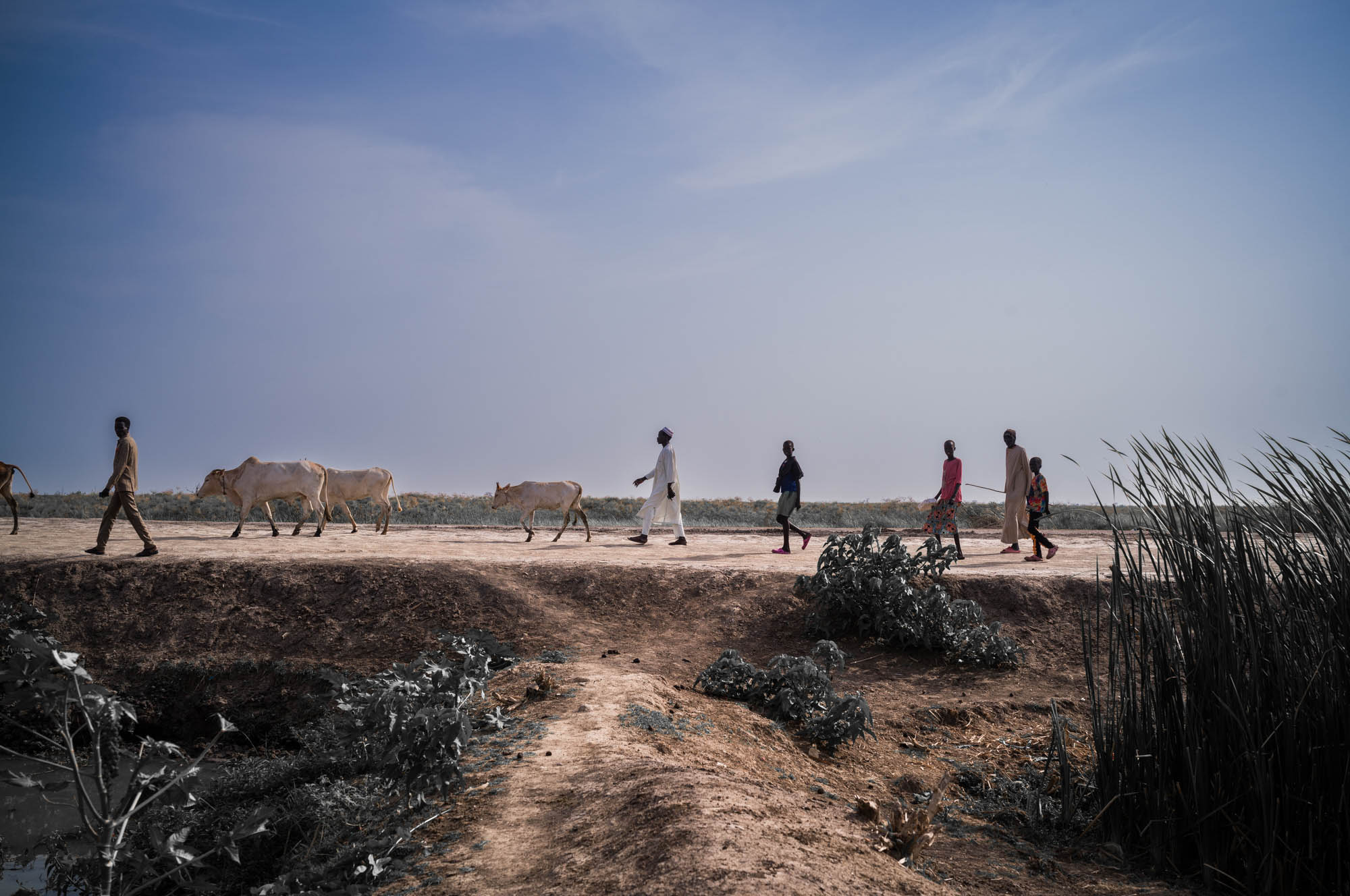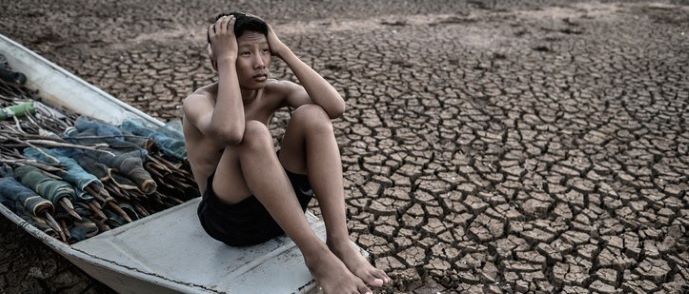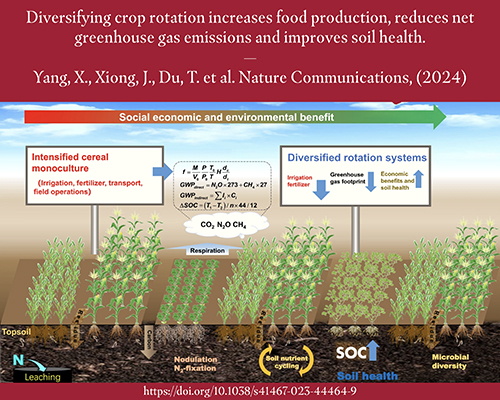Report on Faith-Based Advocacy for Climate Action and Sustainable Development
At recent United Nations Framework Convention on Climate Change (UNFCCC) meetings, faith-based organizations have intensified their advocacy, aligning their efforts with the United Nations Sustainable Development Goals (SDGs). Their role is particularly crucial in promoting multilateral solutions and global solidarity.
Advocacy for Climate Justice and Reduced Inequalities (SDG 13 & SDG 10)
Faith communities are leveraging their transnational networks to champion climate justice, directly supporting the objectives of SDG 13 (Climate Action). They provide a platform for marginalized voices, including Indigenous peoples, women, and youth, who are disproportionately affected by climate change. This focus on vulnerable populations is a direct contribution to SDG 10 (Reduced Inequalities).
- Faiths operate beyond national borders, offering a unique perspective in an era of rising nationalism.
- They amplify testimonies from the frontlines of the climate crisis, demanding just transitions and accountability.
- The World Council of Churches (WCC) actively participates in these forums to address the ethical and spiritual dimensions of climate change.
Indigenous Perspectives on Sustainable Communities and Ecosystems (SDG 11 & SDG 15)
The inclusion of Indigenous knowledge is presented as vital for achieving sustainable outcomes. Jocabed Solano, a representative of the Indigenous Kuna community in Panama, highlighted the profound impacts of climate change on her people, which threaten the viability of their communities and cultural heritage, a key concern of SDG 11 (Sustainable Cities and Communities).
Key Impacts on Indigenous Peoples:
- Loss of Cultural and Spiritual Heritage: Sacred territories are being lost, disrupting the connection to ancestral lands and spiritual practices. This undermines the cultural fabric essential for community resilience.
- Erosion of Traditional Knowledge: The disappearance of species leads to the loss of ancestral knowledge regarding medicinal plants and local ecosystems, directly impacting SDG 15 (Life on Land).
- Call for Resilience: Despite these losses, Indigenous communities emphasize their resistance, ancestral wisdom, and ongoing struggle to preserve their culture for future generations.
A Call for Systemic Change and Strong Institutions (SDG 16)
WCC representatives argue that addressing climate change requires tackling its root causes, which are embedded in economic and social systems. This aligns with SDG 16 (Peace, Justice and Strong Institutions) by questioning systemic injustices and advocating for a new paradigm in humanity’s relationship with the environment.
Fundamental Questions Raised:
- Challenging the anthropocentric view of humanity as superior to other species.
- Questioning the limits of an extractive economy and the commodification of all resources.
- Highlighting the disparity in rights between the wealthy and the poor, a core issue of SDG 10.
Future Commitments: The Ecumenical Decade for Climate Justice Action (SDG 17)
To galvanize long-term engagement, the WCC has announced the Ecumenical Decade for Climate Justice Action (2025-2034). This initiative exemplifies SDG 17 (Partnerships for the Goals) by creating a framework for member churches and partners to collaborate on tangible actions and dialogues.
Objectives of the Decade:
- Foster concrete actions for climate justice among faith communities worldwide.
- Promote dialogue on sustainable co-existence with the planet.
- Create space for diverse perspectives, including Indigenous wisdom, youth aspirations, and women’s experiences, to guide the transition to a more sustainable and peaceful world.
Analysis of Sustainable Development Goals in the Article
1. Which SDGs are addressed or connected to the issues highlighted in the article?
-
SDG 13: Climate Action
- The article is centered on the UN Framework Convention on Climate Change and the urgent need to address the climate emergency. It explicitly mentions the “losses and damages that climate change is inflicting” and the call for “actions for climate justice.”
-
SDG 10: Reduced Inequalities
- The text emphasizes solidarity with “those most affected” by climate change, specifically naming “Indigenous peoples, women, children, youth.” It directly questions disparities by asking, “Do you have more rights if you are rich than if you are poor?”, highlighting the theme of inequality.
-
SDG 16: Peace, Justice and Strong Institutions
- The article discusses the role of faith communities in multilateralism, advocating for justice, and speaking “truth to powers.” It calls for inclusive processes, such as “including Indigenous knowledge and traditions to make progress,” which relates to building effective and inclusive institutions.
-
SDG 15: Life on Land
- The impact on terrestrial ecosystems is a key concern. The article laments that “Ancestral knowledge about medicinal plants and ecosystems is fading away with each species that disappears” and questions humanity’s relationship with the “global ecosystem.”
-
SDG 5: Gender Equality
- The article specifically advocates for the inclusion of women’s perspectives in the climate dialogue, stating the need to “give space for… women’s experiences” to achieve a sustainable future.
-
SDG 11: Sustainable Cities and Communities
- The protection of cultural heritage is a prominent theme. The article describes the loss of “sacred territories, places where our ancestors connected with the spiritual world” and the struggle to “keep our culture alive,” which directly relates to safeguarding cultural heritage within communities.
2. What specific targets under those SDGs can be identified based on the article’s content?
-
Target 13.b: Promote mechanisms for raising capacity for effective climate change-related planning and management in least developed countries and small island developing States, including focusing on women, youth and local and marginalized communities.
- The article’s focus on giving a voice to “Indigenous peoples, women, children, youth, and others” on the frontlines of climate change directly aligns with this target.
-
Target 10.2: By 2030, empower and promote the social, economic and political inclusion of all, irrespective of age, sex, disability, race, ethnicity, origin, religion or economic or other status.
- The call to include Indigenous peoples, women, and youth and the questioning of rights based on wealth (“rich than if you are poor”) supports this target for universal inclusion.
-
Target 16.7: Ensure responsive, inclusive, participatory and representative decision-making at all levels.
- The statement on the “importance of including Indigenous knowledge and traditions to make progress in a just transition” is a direct call for the kind of inclusive decision-making this target aims for.
-
Target 15.1: By 2020, ensure the conservation, restoration and sustainable use of terrestrial and inland freshwater ecosystems and their services, in particular forests, wetlands, mountains and drylands, in line with obligations under international agreements.
- The concern over losing ecosystems and the disappearance of species (“each species that disappears”) reflects the core objective of this target.
-
Target 11.4: Strengthen efforts to protect and safeguard the world’s cultural and natural heritage.
- The article’s description of losing “sacred territories” and the struggle to “keep our culture alive” directly addresses the need to protect cultural heritage as outlined in this target.
-
Target 5.5: Ensure women’s full and effective participation and equal opportunities for leadership at all levels of decision-making in political, economic and public life.
- The specific mention of the need to “give space for… women’s experiences” points to the importance of their participation and leadership in climate justice efforts.
3. Are there any indicators mentioned or implied in the article that can be used to measure progress towards the identified targets?
- Qualitative indicators for loss and damage: The article implies the insufficiency of purely economic metrics by stating, “the deepest losses are those that cannot be measured in dollars.” This suggests the need for indicators that measure the loss of cultural heritage, sacred sites, and traditional practices. An implied indicator is the preservation status of intangible cultural heritage and sacred territories of Indigenous peoples.
- Indicator for inclusive participation: The article highlights the participation of an “Indigenous Kuna community” representative. This implies that progress can be measured by the level of representation and active participation of marginalized groups (Indigenous peoples, women, youth) in climate policy forums like the UN Framework Convention on Climate Change.
- Indicator for biodiversity and knowledge loss: The text mentions that “Ancestral knowledge about medicinal plants and ecosystems is fading away with each species that disappears.” This suggests an indicator that links biodiversity with cultural knowledge, such as the rate of loss of species in Indigenous territories and the corresponding decline in associated traditional knowledge.
4. Table of SDGs, Targets, and Indicators
| SDGs | Targets | Indicators (Identified or Implied in the Article) |
|---|---|---|
| SDG 13: Climate Action | 13.b: Promote mechanisms for raising capacity for effective climate change-related planning and management… including focusing on women, youth and local and marginalized communities. | Level of representation and active participation of marginalized groups (Indigenous peoples, women, youth) in climate policy forums. |
| SDG 10: Reduced Inequalities | 10.2: Empower and promote the social, economic and political inclusion of all. | Inclusion of voices from frontline communities (Indigenous peoples, women, youth) in climate justice dialogues. |
| SDG 16: Peace, Justice and Strong Institutions | 16.7: Ensure responsive, inclusive, participatory and representative decision-making at all levels. | Degree to which “Indigenous knowledge and traditions” are included in decision-making for a “just transition.” |
| SDG 15: Life on Land | 15.1: Ensure the conservation, restoration and sustainable use of terrestrial and inland freshwater ecosystems. | Rate of loss of species and the associated “ancestral knowledge about medicinal plants and ecosystems.” |
| SDG 11: Sustainable Cities and Communities | 11.4: Strengthen efforts to protect and safeguard the world’s cultural and natural heritage. | Preservation status of “sacred territories” and cultural practices that “cannot be measured in dollars.” |
| SDG 5: Gender Equality | 5.5: Ensure women’s full and effective participation and equal opportunities for leadership. | The amount of “space” given to “women’s experiences” in climate justice dialogues and actions. |
Source: oikoumene.org
